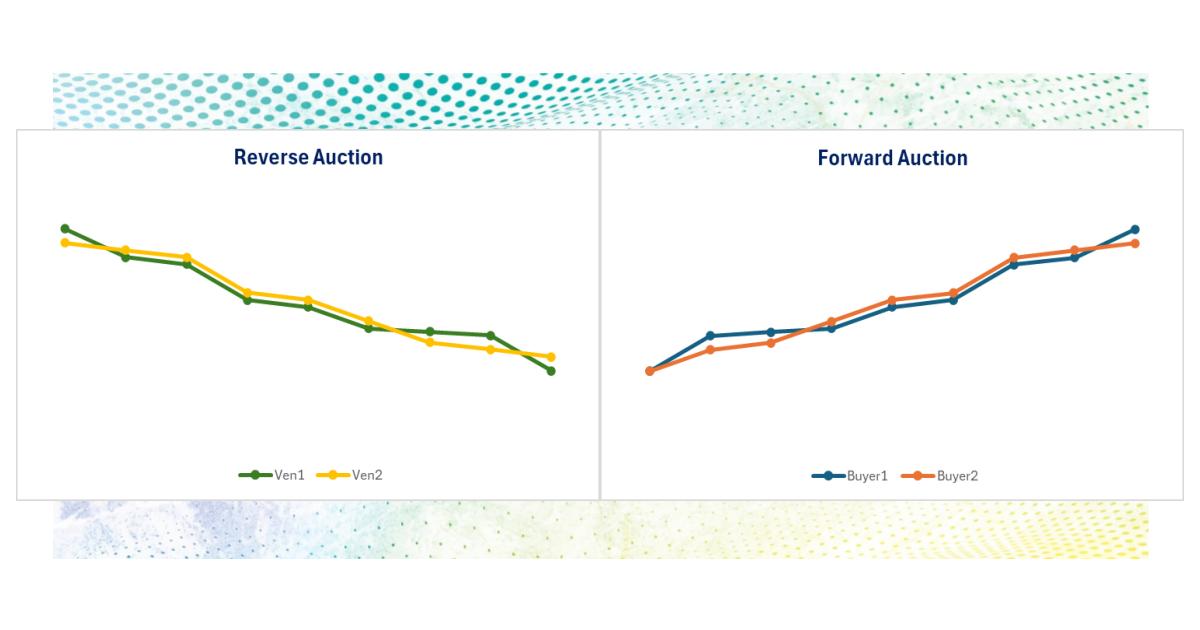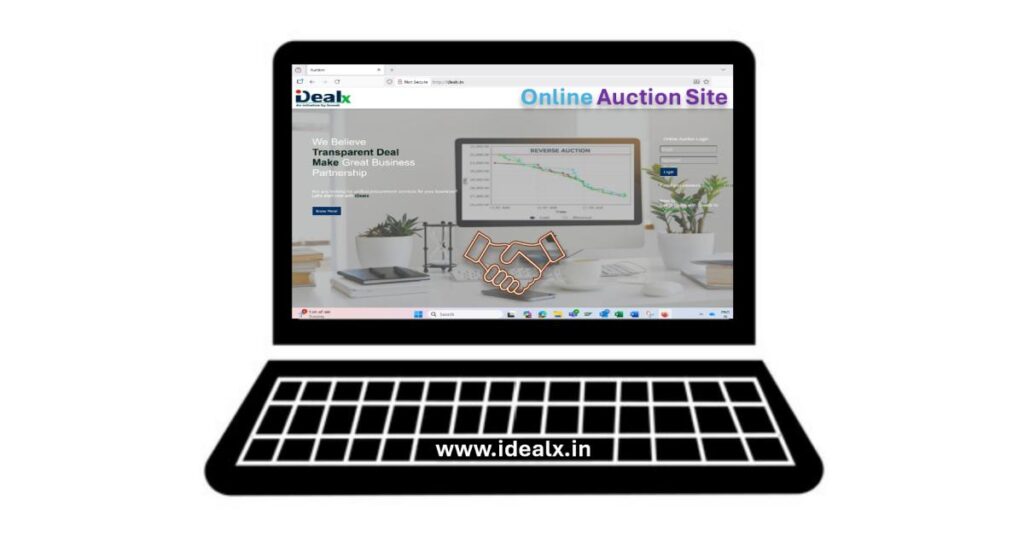Electronic auctions (e-auctions) are digital procurement tools that enable buyers and suppliers to negotiate pricing and contract terms in a transparent, competitive online environment. Unlike traditional negotiation methods, e-auctions streamline the procurement process by allowing multiple suppliers to bid in real-time, driving cost savings and improving efficiency. Common types of e-auctions include reverse auctions (where suppliers compete to offer the lowest price) and forward auctions (where buyers bid for scarce resources).
Modern supply chains are increasingly leveraging digital tools to enhance efficiency, reduce costs, and improve decision-making. Technologies such as artificial intelligence (AI), data analytics, and automation are transforming procurement practices by providing real-time insights, predictive analytics, and streamlined supplier management. E-auctions, as part of this digital evolution, play a crucial role in increasing transparency, ensuring compliance, and optimizing procurement outcomes in today’s dynamic business environment.
What Are Electronic Auctions?
Electronic auctions (e-auctions) are online, technology-driven bidding processes where buyers and suppliers negotiate prices and contract terms in real time. These auctions are commonly used in procurement to enhance competition, transparency, and efficiency in supplier selection.
- Types of e-auctions commonly used in procurement:
- Reverse Auctions: Suppliers bid to offer the lowest price for a contract.
- Forward Auctions: Buyers compete to purchase goods or services.
E-auctions revolutionize procurement by reducing costs, improving supplier engagement, and ensuring a structured, transparent bidding process.

Benefits of Using E-Auctions
- Cost Savings:
- Increased competition among suppliers drives prices down.
- Suppliers bid in real-time, creating a competitive environment that naturally drives down costs.
- Transparent pricing eliminates hidden costs or markups often associated with traditional negotiations.
- Efficiency and Speed:
- Streamlined bidding processes reduce the time spent on sourcing activities.
- Faster procurement cycles compared to traditional methods.
- Market Transparency:
- Buyers gain visibility into the current market rates and supplier capabilities.
- Clear, standardized bidding processes reduce ambiguity.
- Market Insight:
- Understand current market dynamics and supplier capabilities.
Current Market Share and Future Demand for E-Auctions
- Market Share Overview:
- The e-auction market has been steadily growing, with adoption rates increasing in various industries, particularly manufacturing, retail, and government procurement.
- Reports suggest that the global e-auction market is projected to grow at a CAGR of X% (include specific stats from credible sources if available).
- Drivers of Demand:
- The rise of digital transformation initiatives in procurement.
- Cost-saving mandates across organizations, especially during economic uncertainties.
- Technological advancements, including AI-driven auction platforms and predictive analytics.
- Future Outlook:
- Expansion into emerging markets.
- Increased integration of e-auction tools with enterprise resource planning (ERP) and procurement systems.
Applications of E-Auctions
- Sourcing raw materials or commodities.
- Procurement of services or custom goods.
- Tail spend management.
Steps to Conduct a Successful E-Auction
- Preparation
- Define clear specifications and requirements.
- Pre-qualify suppliers to ensure competitive and relevant participation.
- Choosing the Right E-Auction Tool
- Select a platform that aligns with organizational needs.
- Training and Stakeholder Engagement
- Educate internal teams and suppliers on how to use the e-auction platform.
- Running the Auction
- Monitor the process to ensure smooth execution.
- Post-Auction Analysis
- Evaluate bids and finalize supplier selection.
Challenges in E-Auctions
- Resistance from suppliers due to lack of familiarity or perceived risks.
- Risk of focusing solely on price, neglecting quality or value-added services.
- Need for robust technical infrastructure.
Overcoming Challenges
- Build trust with suppliers through clear communication.
- Use a balanced scorecard approach to evaluate bids beyond just cost.
- Regularly update and invest in technology.
How E-Auctions Reduce Procurement Costs
- Increased Competition:
- Suppliers actively compete, resulting in lower bid prices.
- Drives down costs for bulk purchasing or high-volume contracts.
- Elimination of Inefficiencies:
- Automates manual processes, saving time and administrative costs.
- Enhanced Negotiation Power:
- Data-driven insights during auctions empower procurement teams to make informed decisions.
- Global Supplier Base:
- Access to a broader pool of suppliers, leading to cost-effective sourcing opportunities.
Case Study/Example
Case Study: E-Auctions in Office Supplies Procurement, Saves 15%
Our company wants to procure office supplies, including stationery and electronics, at the best possible price. Instead of negotiating manually with multiple suppliers, we opt for a reverse e-auction.
- The procurement team defines specifications and invites pre-qualified vendors.
- Vendors participate in an online auction where they continuously bid lower prices.
- The most competitive offer with quality assurance is selected, resulting in 10-20% savings on procurement costs.
By leveraging e-auctions, both real and hypothetical cases show how businesses can enhance cost-effectiveness, efficiency, and supplier competition in procurement.
Results:
✅ 15% cost reduction in raw material procurement
✅ Improved supplier transparency and fair competition
✅ Time efficiency, reducing the negotiation process from weeks to hours
Future Trends in E-Auctions
- Integration of AI and data analytics for smarter bidding strategies.
- Use of blockchain for enhanced security and transparency.
- Expansion into new procurement areas.
Related Readings: Purchasing Process | Strategic Sourcing | Spend Analysis Framework
Conclusion
- Recap the advantages of e-auctions and their role in a strategic procurement process.
- Encourage organizations to adopt e-auctions for a competitive edge.
- Emphasize the strategic importance of adopting e-auctions in the rapidly evolving procurement landscape.


